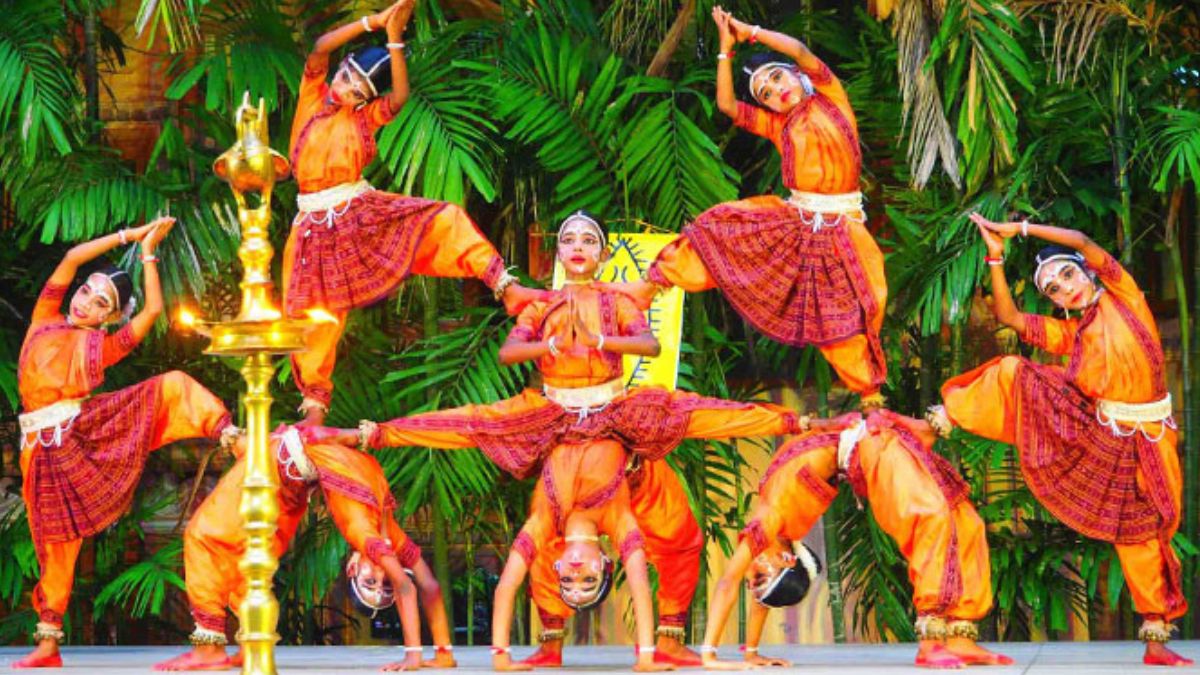
Odisha, known for its rich cultural tapestry, is home to centuries-old traditions rooted in tribal rituals, classical art forms, and agrarian customs. However, modern influences, economic migration, and changing lifestyles have endangered many of these cultural practices. This article highlights the top 5 Odisha cultural practices that are on the verge of extinction, offering a sobering look at a heritage that may soon be lost forever.
1. Gotipua Dance of Odisha – The Disappearing Precursor to Odissi
Long before the globally recognized Odissi classical dance gained prominence, the Gotipua dance form thrived in the temples of Odisha. Performed by young boys dressed as girls, Gotipua was an offering to Lord Jagannath and served as a devotional and aesthetic predecessor to Odissi.
Today, Gotipua is practiced by only a few institutions like the Guru Kelucharan Mohapatra Odissi Research Centre. Declining interest among younger generations, lack of economic incentives, and limited stage opportunities have pushed this unique dance form to the brink. Without sustained revival efforts, Gotipua could become a footnote in Odisha’s cultural history.
2. Pala Tradition in Rural Odisha – Fading Folk Storytelling Through Song
Pala, an oral storytelling tradition combining music, narrative, and philosophy, once echoed in every rural courtyard in Odisha. Performers known as Gayakas recited tales from the Ramayana, Mahabharata, and Puranas, weaving in contemporary social messages through songs and witty debates.
In the digital age, interest in Pala has sharply declined. With fewer Pala performers and a diminishing rural audience, this once-vibrant form of folk entertainment is rarely witnessed outside of cultural festivals. The younger generation’s preference for smartphones and TV has left Pala on life support.
3. Soura Wall Paintings – Tribal Art of Odisha Facing Extinction
The Soura tribe of southern Odisha is known for their ritualistic wall paintings, which are among the oldest forms of tribal art in India. Unlike decorative paintings, Soura art holds spiritual significance—created to appease ancestors or mark important life events.
But today, the younger generation of Soura artists is migrating to urban centers, choosing jobs over the painstaking art of natural dye painting. Commercial replicas on canvas sold in urban galleries often miss the cultural and religious depth, turning this tribal expression into a market commodity.
4. Danda Nata Ritual Theatre – An Obscure Devotional Art in Peril
Danda Nata, or Danda Jatra, is a centuries-old ritual theatre performed in western Odisha during Chaitra (March-April). Rooted in Shaivism, it involves austere physical penance, street theatre, and folk performances by groups of men called Danduas.
However, the intensity of its physical demands, combined with a lack of institutional support, has led to a steep drop in participation. Once vibrant in districts like Ganjam and Boudh, Danda Nata is now limited to a handful of villages. Urbanization and changing religious practices have diluted its once-powerful presence.
5. Lanjia Saora Language and Rituals – Threatened Indigenous Culture of Odisha
The Lanjia Saora, a Particularly Vulnerable Tribal Group (PVTG) in southern Odisha, have their own dialect, animist rituals, and elaborate shamanistic ceremonies. Central to their culture are Kuvanboi (ritual specialists) and Karuars (shamans), who interpret divine messages and guide community rites.
Modern education policies, forced assimilation, and a shrinking forest habitat have eroded their language and ritual life. With younger Lanjia Saoras integrating into mainstream society, the transmission of oral language and sacred rituals is at severe risk.
The cultural identity of Odisha is intricately woven with traditions that span art, performance, storytelling, and ritual. The extinction of these practices would not only mean the loss of aesthetic heritage but also of indigenous wisdom and community cohesion. Preservation through documentation, community-based programs, and youth engagement is critical. Without immediate intervention, Odisha’s living heritage may soon be reduced to museum exhibits and archival footage.
